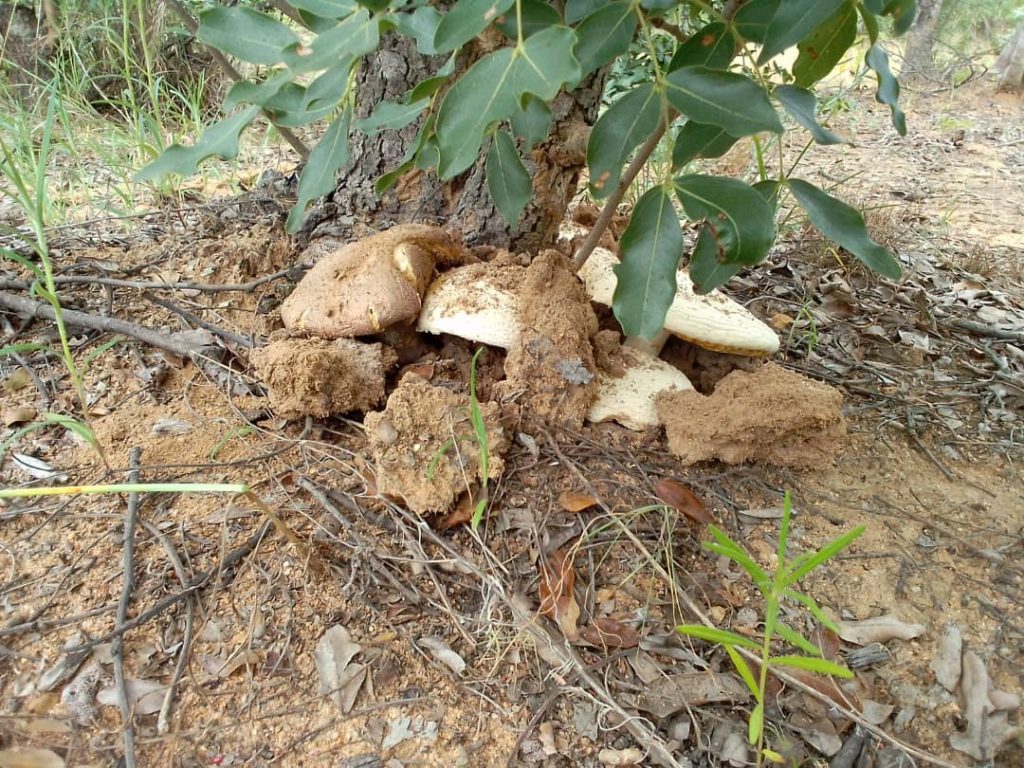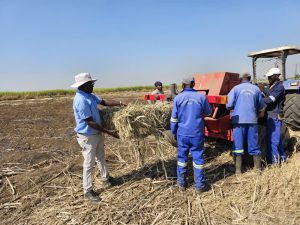ECC Champion
The shorter than usual rainy seasons being experienced these years have had a devastating impact on the emergence of naturally-occurring mushrooms which have traditionally played a livelihoods role in rural communities.
Wild mushrooms have been an integral part of the local diet every rainy season, but that is changing due to climate change which has had many effects on weather patterns including shortening the length of the rainy season.
Tapera Takawira, who runs a traditional food eatery in Mutare, said delivery of mushroom to his business had dwindled.
“This year was particularly bad. I did not take delivery of as much mushroom as I would have wanted because the women who gather them for sale could not find much in the bush. We had rainfall for a short time and it was heavy sunshine thereafter,” Takawira said.
He said his clients were used to a seasonal diet of fresh mushrooms some of which were delivered by hawkers from as far away places as Chimanimani.
“There are various types of mushrooms that we sale; nhedzi, firifiti and chihombiro. These are delicacies for many of my clients but the fact that we could not serve them for long means that we could not satisfy our customers,” said Takawira.
In Makoni district, several women and some children sell bucket-fulls of mushroom on the roadside a few kilometres from Rusape town.
In competition, they rush to every vehicle which slows down and stops, expecting to convince the motorists and passengers to buy from them.
One of the women is Nakai Sithole who says the mushrooms are a seasonal business which help her to put food on the table every year.
“I have been doing this for years and it helps to give us some money. We gather the mushrooms in the bush together with my children and other women. It is a tradition we love and we preserve some of the mushrooms by boiling and drying them for consumption even several months later,” said Sithole.
She however acknowledged that mushroom harvests have not been very good these years as rainfall patterns get more erratic.
“What we are getting these years is lower than what we used to get 20 years ago. And what we got 20 years ago was lower than what our grandparents said they got in the same forests when they were growing up,” she said.
Martha Chirenje, an 80-year-old resident of Rusape who grew up in Buhera district, said it was a no brainer that communities have lost a great deal of mushroom varieties over the years, and that the trend was continuing at an alarming rate.
“I used to know many other mushroom varieties that I no longer see growing up in the bush these days. They have disappeared and the young generation does not know about them. Right now we only see three or four mushroom types, and we do not have much of that either because there is no enough rainfall,” she said.
She said as she grew up in the 1950s and 1960s, there were many other vegetables that occurred naturally but were now nowhere to be seen.
This report was made possible through support from WAN-IFRA Media Freedom’s Strengthening African Media Programme: Climate Change and Environmental Reporting. Views expressed here do not belong to WAN-IFRA






